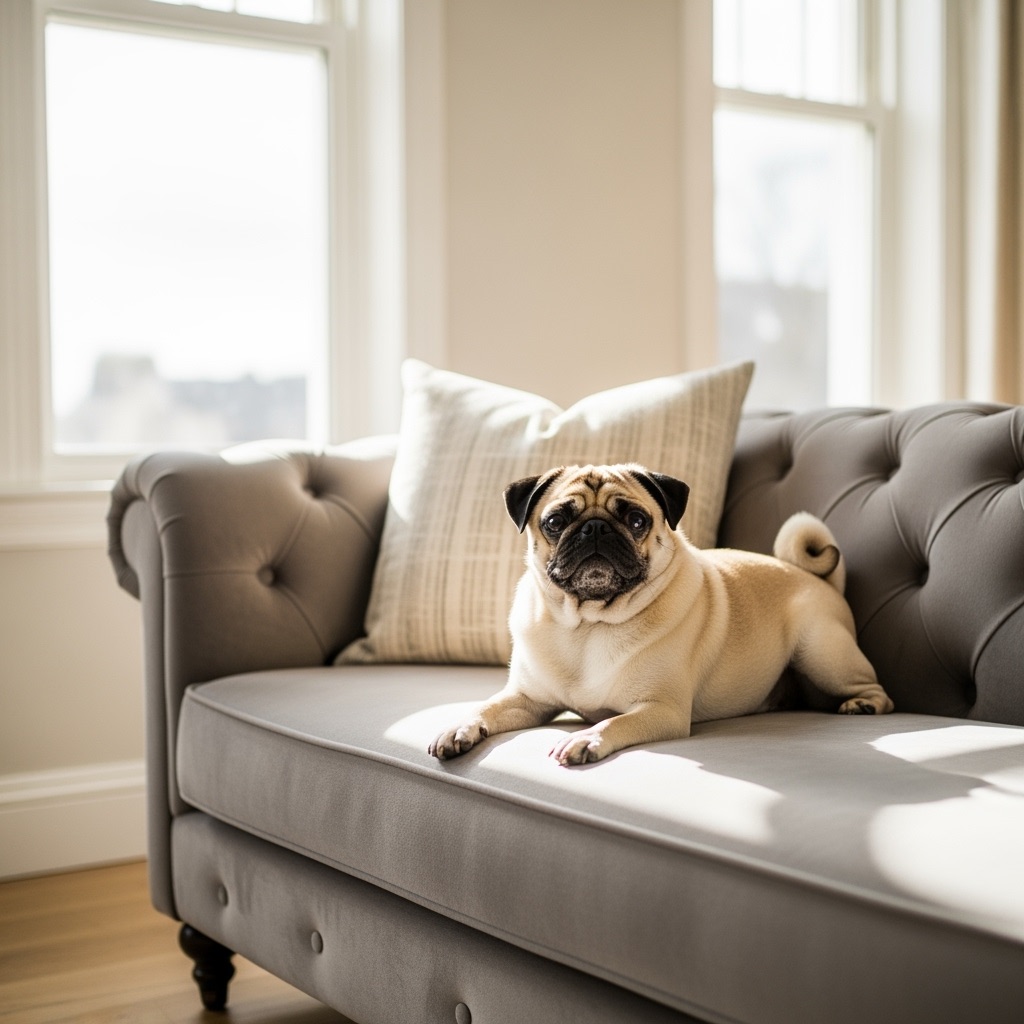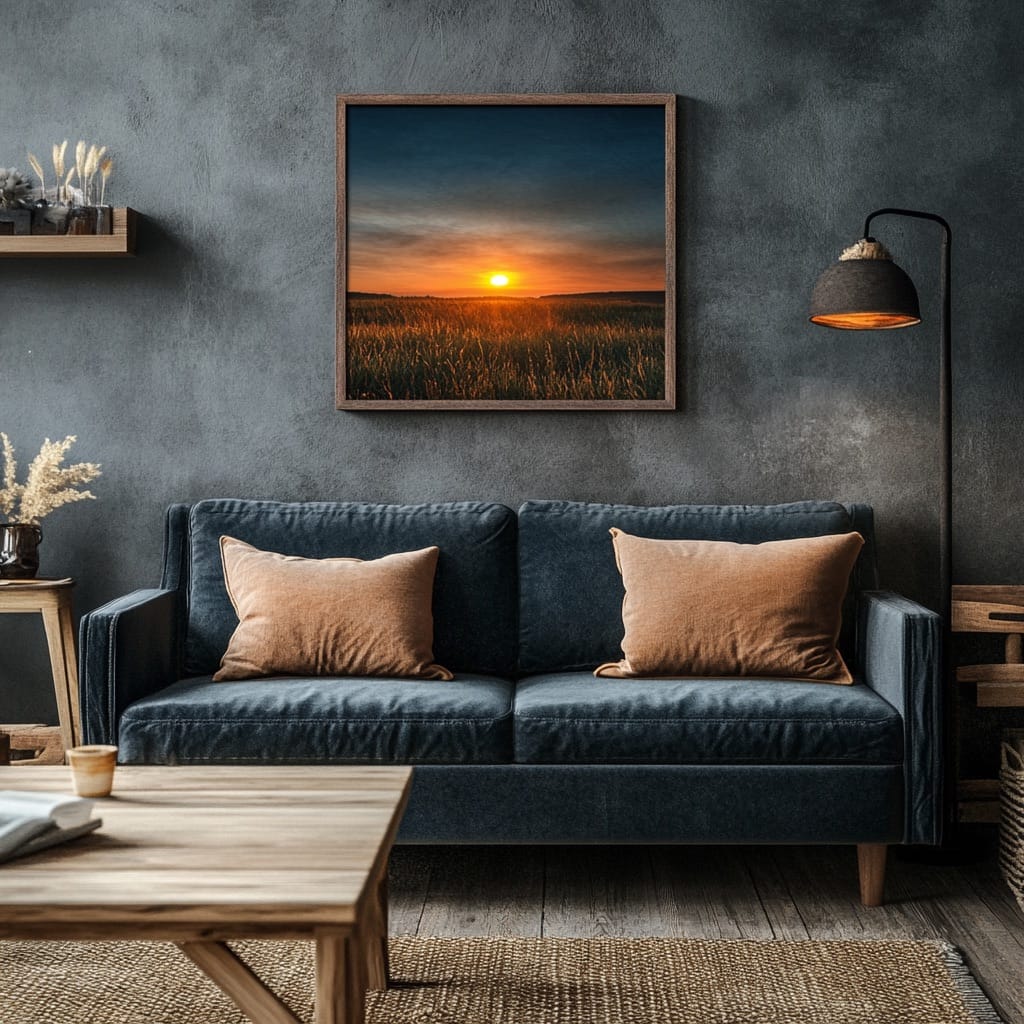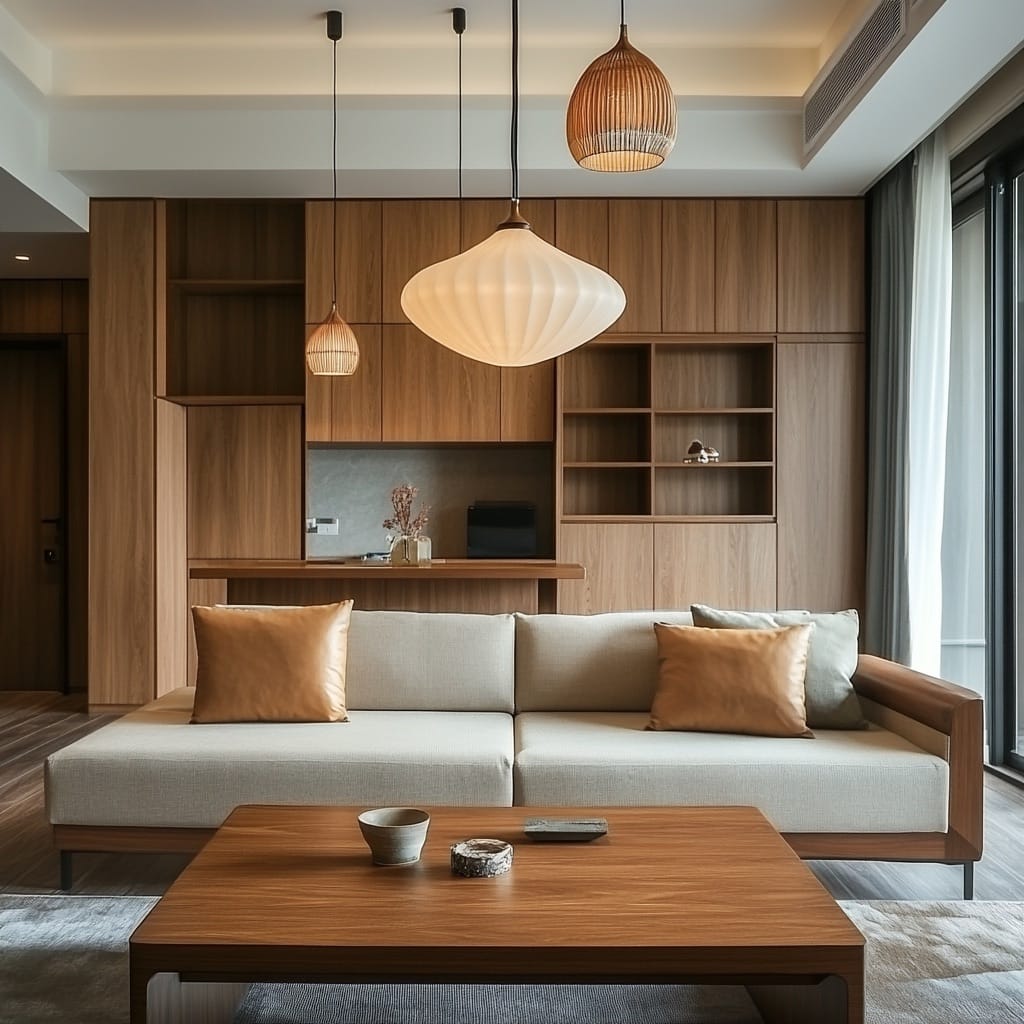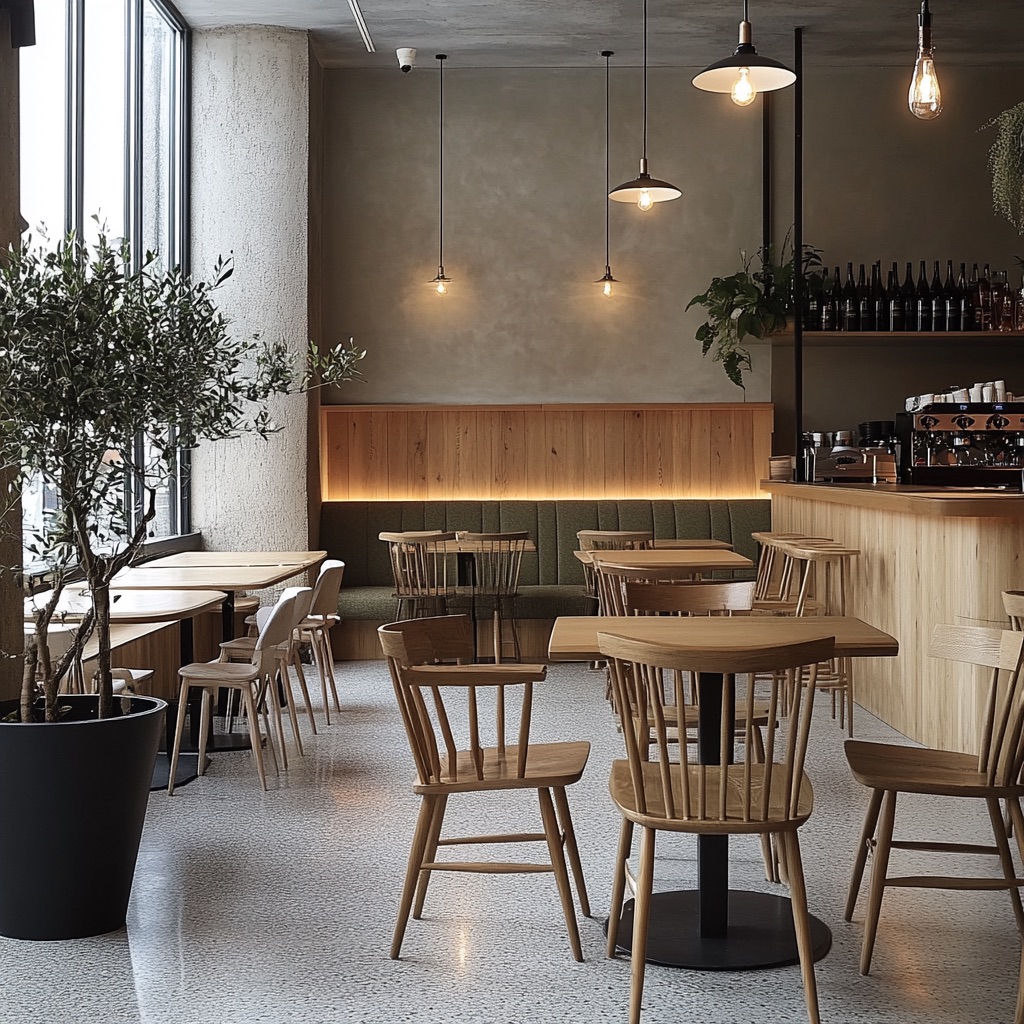Last updated on
Area rugs are an essential design element that can completely transform the look and feel of any space. As versatile floor coverings, they provide comfort underfoot and serve as a blank canvas for self-expression. With the ability to anchor a room, delineate spaces, and infuse color, texture, and pattern, finding the perfect area rug is key to a cohesive interior design scheme.
Rich History Behind Area Rugs
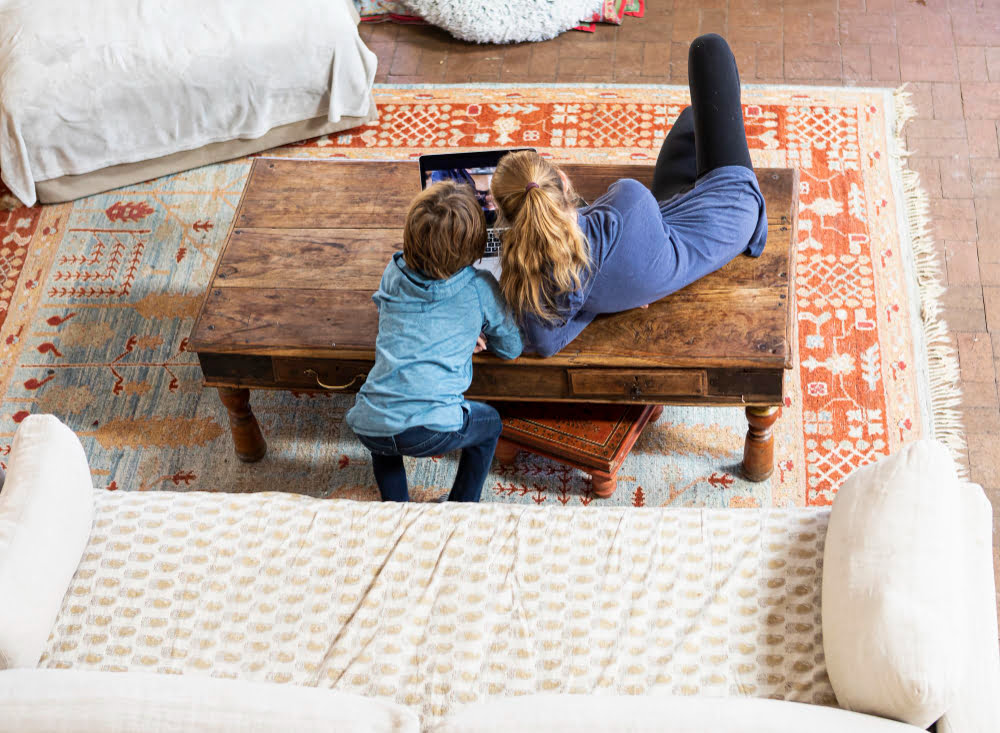
The origins of area rugs date back thousands of years and can be traced to ancient civilizations across the Middle East and Asia. Hand-knotted carpets and flat weaves were utilized not just for their aesthetic qualities but also for providing warmth and comfort. Traditional weaving methods, motifs, and materials – from lush sheep’s wool to glossy silks – were passed down through generations and are still relevant today.
Antique Persian rugs, Turkish Oushaks, and Moroccan Beni Ourains inspired the prolific area rug market as it exists now. Traditional styles and antique designs sit alongside contemporary collections influenced by current interior design trends.
Types of Area Rugs
With endless options at your fingertips, we break down some of the most popular categories when it comes to area rugs:
Wool Rugs
Famed for their innate softness, durability, and ability to last generations, wool rugs reign supreme when it comes to natural fibers. Sourced from New Zealand and India, they come in every style imaginable at various price points. Wool is comfortable, stain-resistant, and works wonders at insulating rooms against sound and temperature changes.
Silk Rugs
Valued for their unparalleled sheen and unmistakable luxury, silk carpets bring any room to life. Made from strong strands spun by cultivated silkworms, they are synonymous with unbridled opulence. The fiber is surprisingly durable despite its refined appearance. With vibrant dyes and lavish hand-knotted designs, especially in distinctive Persian styles, silk rugs are the pinnacle when it comes to upscale floor coverings.
Jute Rugs
Jute scores high marks for sustainability – it’s biodegradable and made from natural, fast-growing jute plants native to India and Bangladesh. The fiber is spun into coarse, strong threads with a distinctly organic appearance. Jute area rugs are ideal for high-traffic spaces due to their natural durability and stain resistance. With lovely earthy hues, they lend a relaxed, casual look perfect for rustic abodes and beach houses.
Sisal Rugs
Sisal is another eco-friendly fiber derived from Agave plants in Central America. It results in tightly woven rugs with intriguing natural textures. The durable material is ideal for layering and is typically used to fashion casual, reversible area rugs. Sisal effortlessly bridges indoor and outdoor spaces with its informal vibe—a welcoming addition to patios, kitchens, hallways, and casual family rooms.
Shag Rugs
As the name suggests, shag pile rugs are defined by their long, thick fibers that lend wonderful fluffy texture. Handwoven or machine-made, they excel at providing sound insulation while injecting playful flair. The density and height of the pile determine its opulence – the longer and more tightly packed the strands, the greater its appeal. Available in both neutral and bright colors, shag rugs populate living rooms, bedrooms and dens.
Braided Rugs
A popular style of area rug constructed from braided strands of fabric for an artisanal, vintage-inspired look. Braided rugs became popular in early 20th century rural America out of thrift and necessity before becoming a decorative floor covering.
Cotton and wool are fibers of choice, and they can incorporate tweeds, plaids, solid colors, or even rags. Durable, reversible, and easy to clean, it lends farmhouse, antique, and cottage-style interiors loads of cozy character.
Kilim Rugs
Kilim rugs have tribal origins but adapt beautifully to modern area rugs. The distinguishing feature of these tribal weavings is the tapestry-like quality rendered through warp and weft of threads – rather than knots typical for piled rugs.
Flat-woven kilims are most closely associated with nomadic Turkic tribes across Central and South Asia. Wool is the primary fiber. Expect graphic appeal with geometric motifs, regional symbols, and variegated stripes. The rugs lie flat and are remarkably versatile.
Choosing an Area Rug by Room
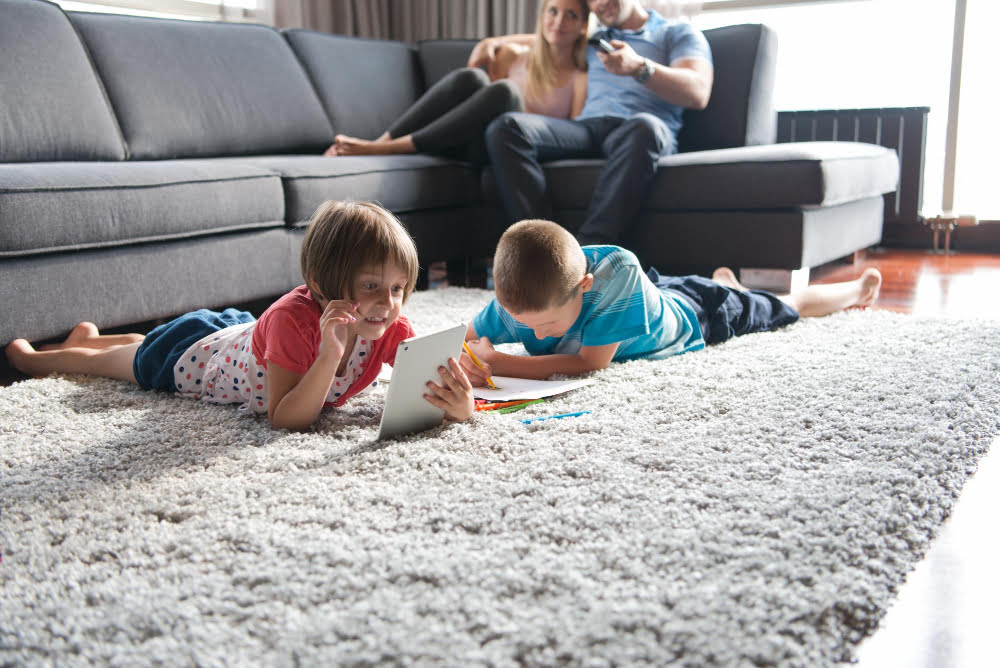
One of the joys of decorating with area rugs includes the ability to customize based on the room they will inhabit. Tailoring your choice by considering the functional needs of the specific space allows the rug to tie everything together seamlessly.
Living Room
As the main gathering spot, source a living room rug that can handle foot traffic gracefully while offering guests a welcoming seat. Wool is a practical choice, but playful shags and global-inspired patterns also invite. Anchor it under the primary seating area for a pulled-together look.
Dining Room
Look for stain-resistant natural fiber area rugs perfect for mealtimes – jute, sisal, and seagrass are fitting options. A bold pattern adds interest underneath a formal dining table, while muted hues keep the focus on food and conversations. Extend it a couple of feet on all sides for appropriate proportions.
Bedrooms
Layering rugs is commonplace here – place a plush wool rug over wall-to-wall carpeting for extra coziness. You can’t go wrong with soothing colors but don’t shy away from infusing personality, either. Floral motifs, vibrant tribal patterns, and shag rugs generate a welcoming retreat.
Entryway
High traffic makes durability key. Wool excels again, as does easy-to-clean synthetic fibers. Simple patterns that hide dirt or muted solid hues allow you to focus on removing shoes. Use a properly sized area rug to define the entry space and contain mess.
Bathrooms
Moisture resistance and stain protection are prerequisites for bath mat replacements. Natural fiber seagrass, jute, and sisal area rugs fare admirably. Introduce texture without impeding functionality – flat weave Moroccan rugs or geometric Scandinavian kilims keep the focus on getting clean.
Kitchen
Kitchens demand durable, low-maintenance area rugs able to withstand spills, water splashes, and heavy appliances being moved occasionally. Synthetic options include polypropylene and nylon, which are water-resistant and colorfast. Jute and sisal work well too. Playful fruit motifs, checked patterns, and warm geometric designs personalize the space.
Home Offices
Mark out a home office by placing an area rug underneath the work desk for professional polish. Luxurious silk carpets motivate without distraction. High-quality wool area rugs offer sound absorption for better concentration. Custom commission woven logo rugs displaying company insignia generate personalized flair.
Caring for Area Rugs
A quality area rug graces your home for years only when cared for properly. Follow these fundamental tips for maintaining its integrity and extending its lifespan significantly. Investing in a good rug pad also helps reduce friction, dust, and damage over time.
- Vacuum thoroughly but gently at least twice a month, particularly in high-traffic areas. Use proper attachments to avoid damaging delicate fibers.
- Flip periodically to even out wear, especially for heavy rugs like wool and vegetable fibers. This prevents permanent traffic lanes from forming due to crushing.
- Clean spills immediately by blotting gently with a clean cloth. Avoid excessive rubbing. Refer to a specialist for removing stubborn stains or water damage properly.
- Inspect regularly for loose threads, moth threats, furniture indentations, or signs of other damage. Address issues promptly to limit further destruction over time.
- Rotate seasonally to even out the effects of sunlight, humidity, and heat exposure over the entire rug rather than just sections nearest windows and doorways.
The Takeaway
The right area rugs can single-handedly transform the look and feel of your interior decoration scheme. It sets the mood, anchors furnishings, and imparts color and texture while offering a welcoming gathering spot. Take stock of the functional needs and the overall aesthetic vision for the room when shopping. And remember, regular care to ensure your floor covering investment stands the test of time elegantly.
Recap:
